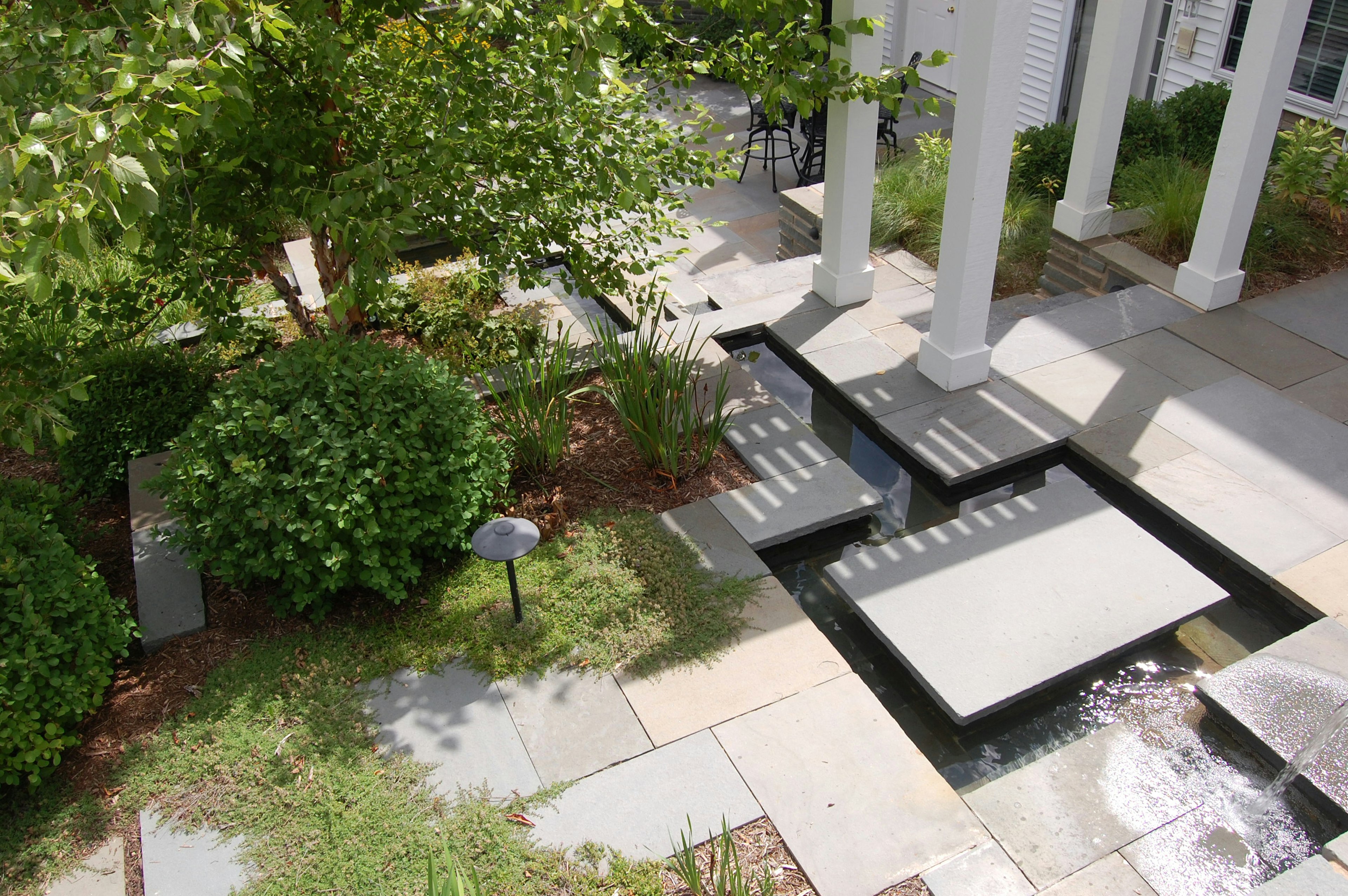

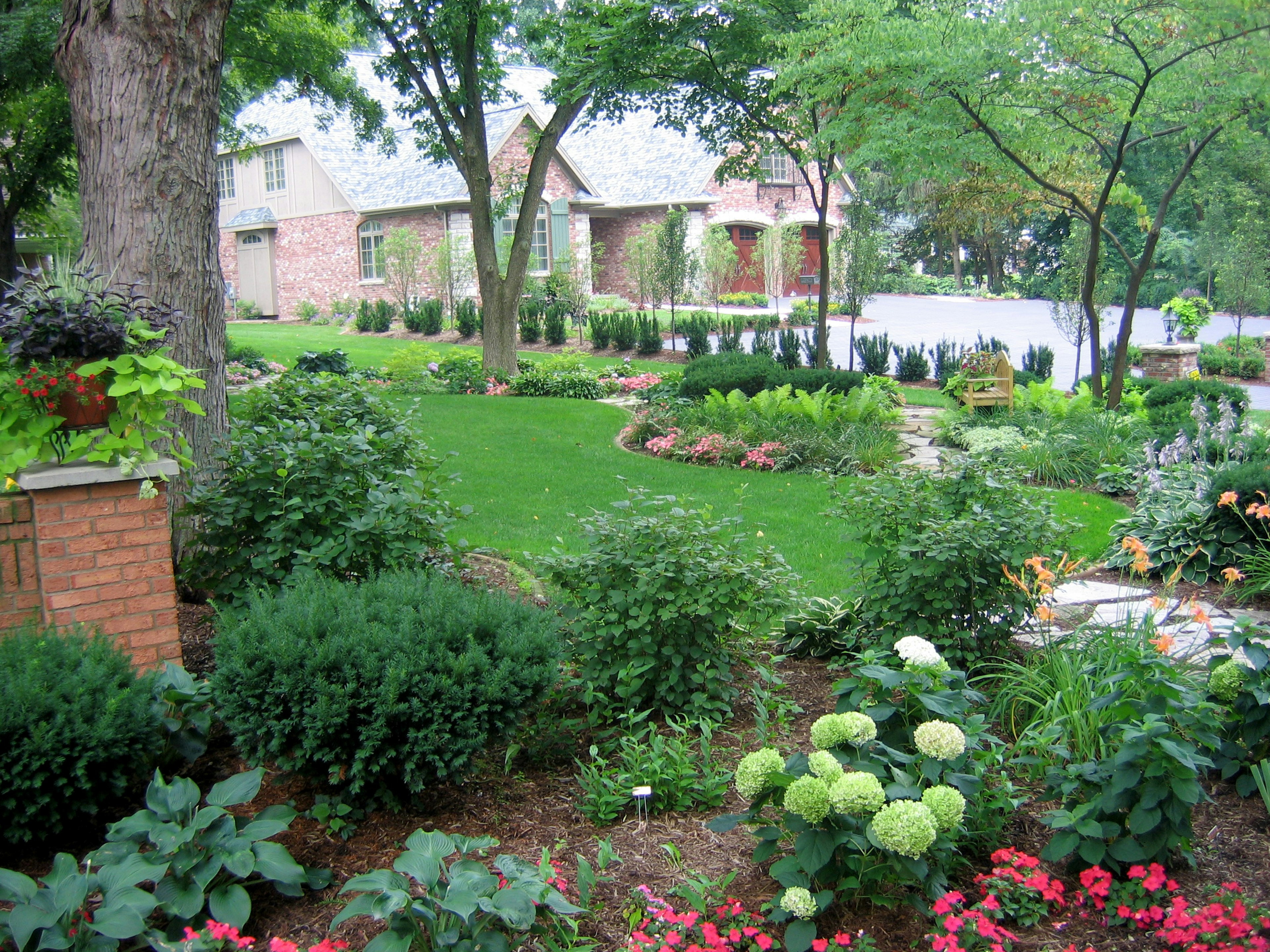
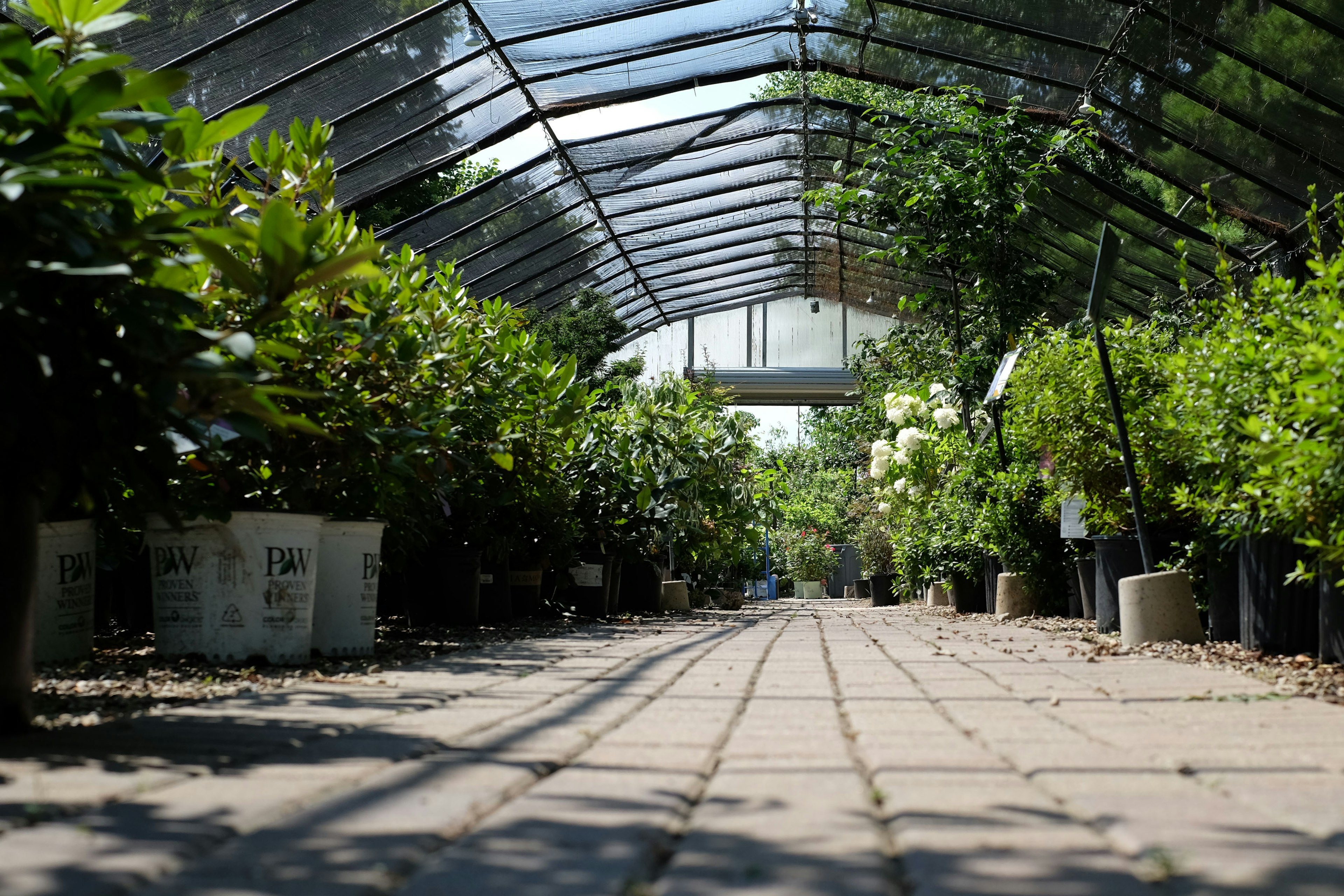
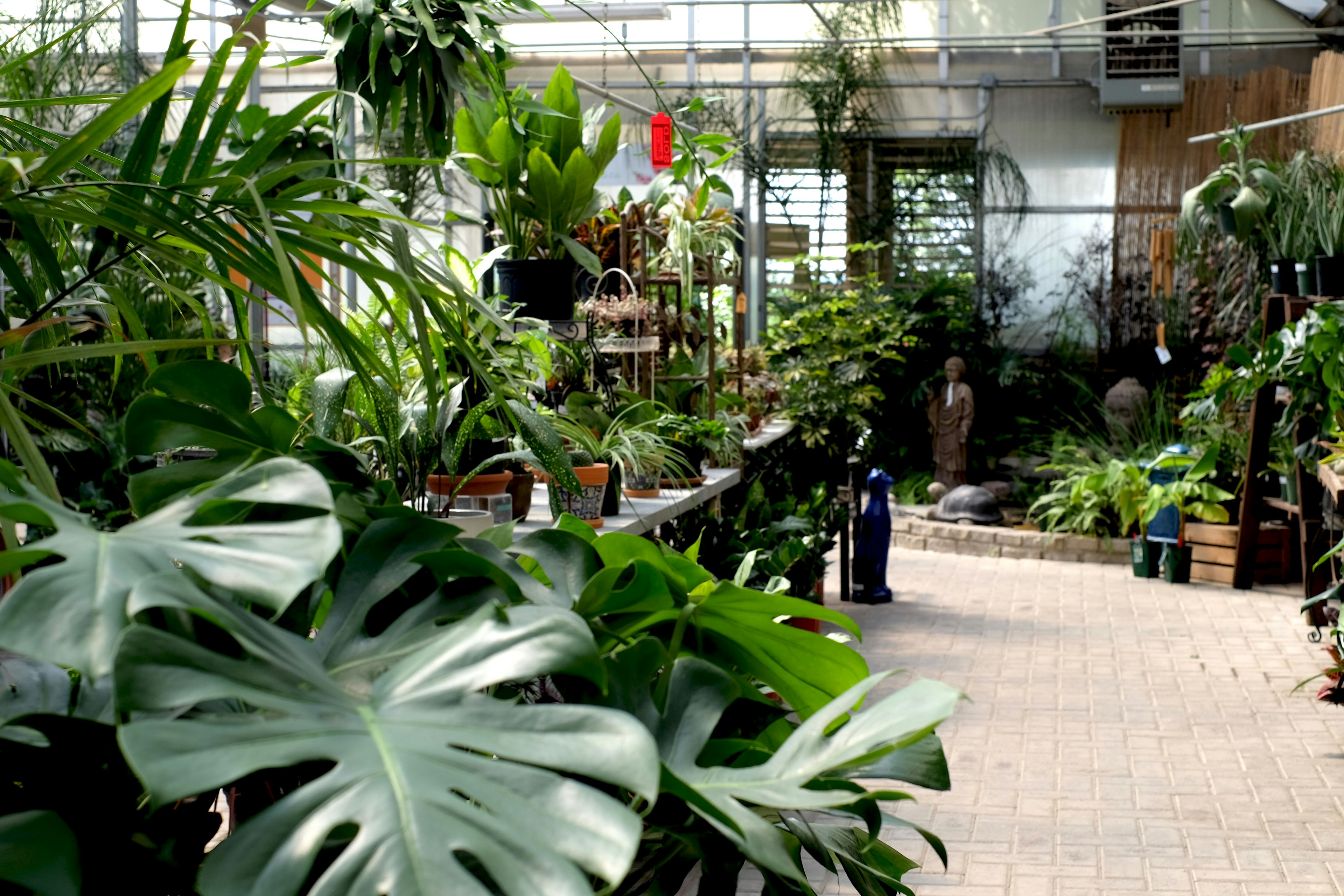
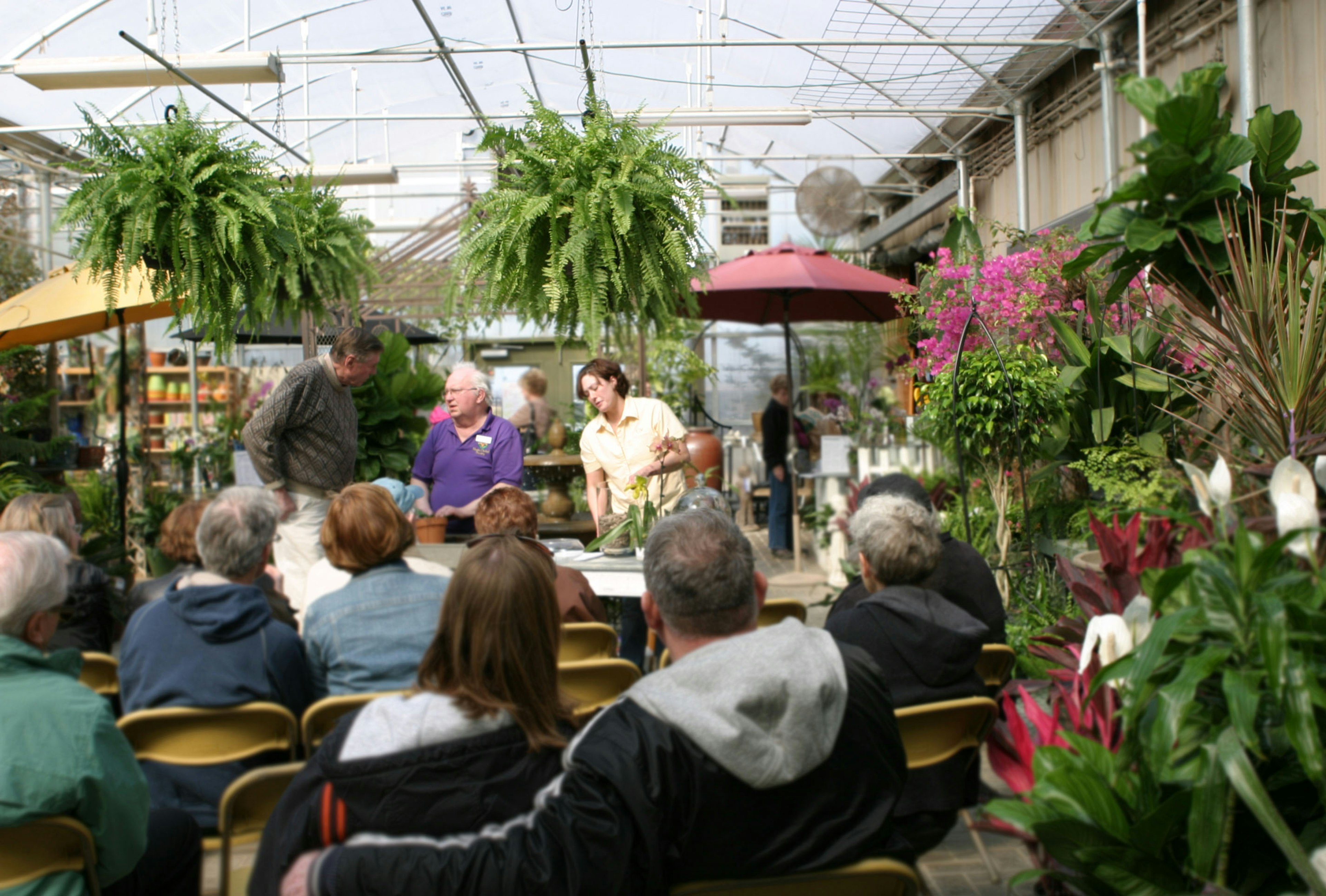
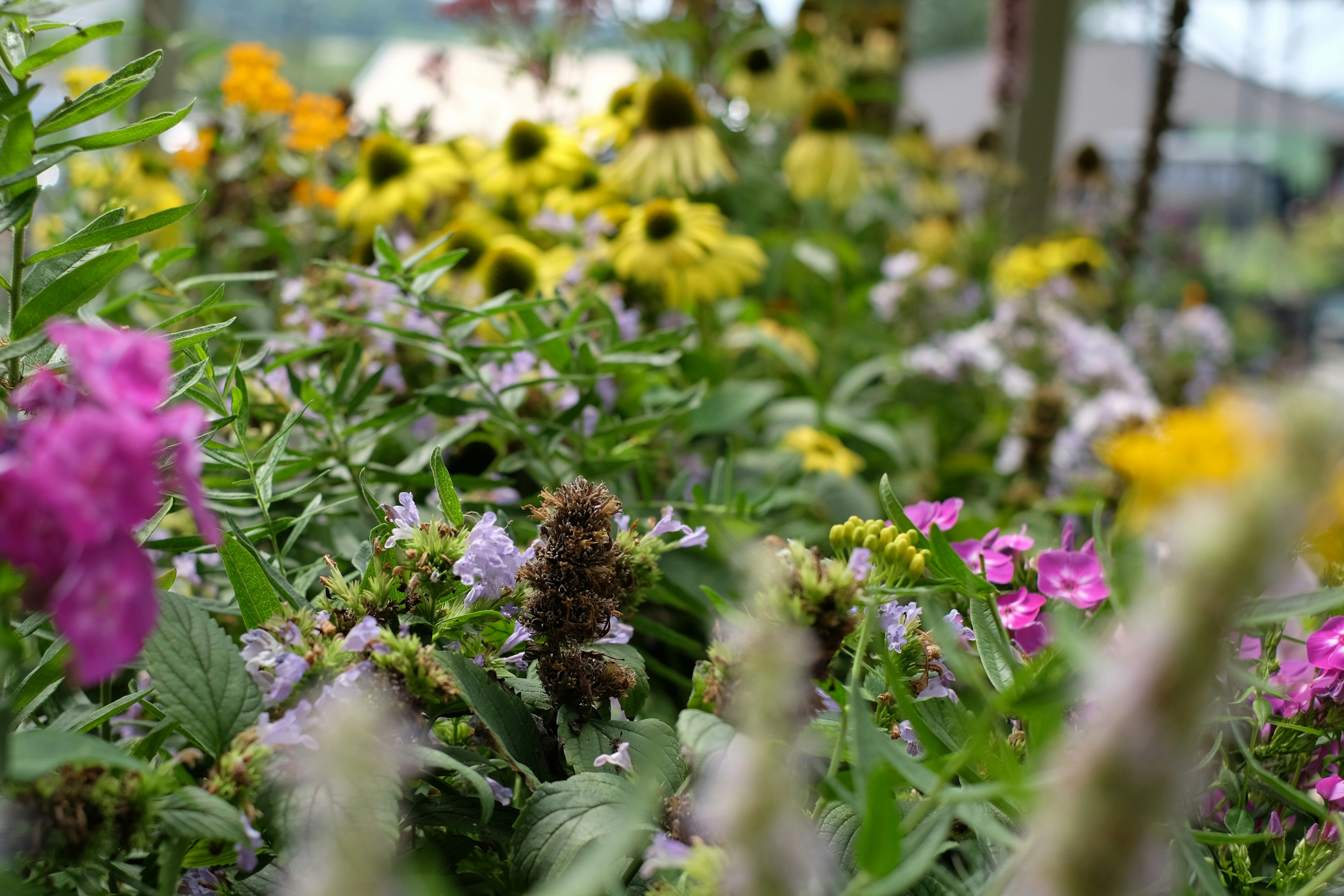

Landscape
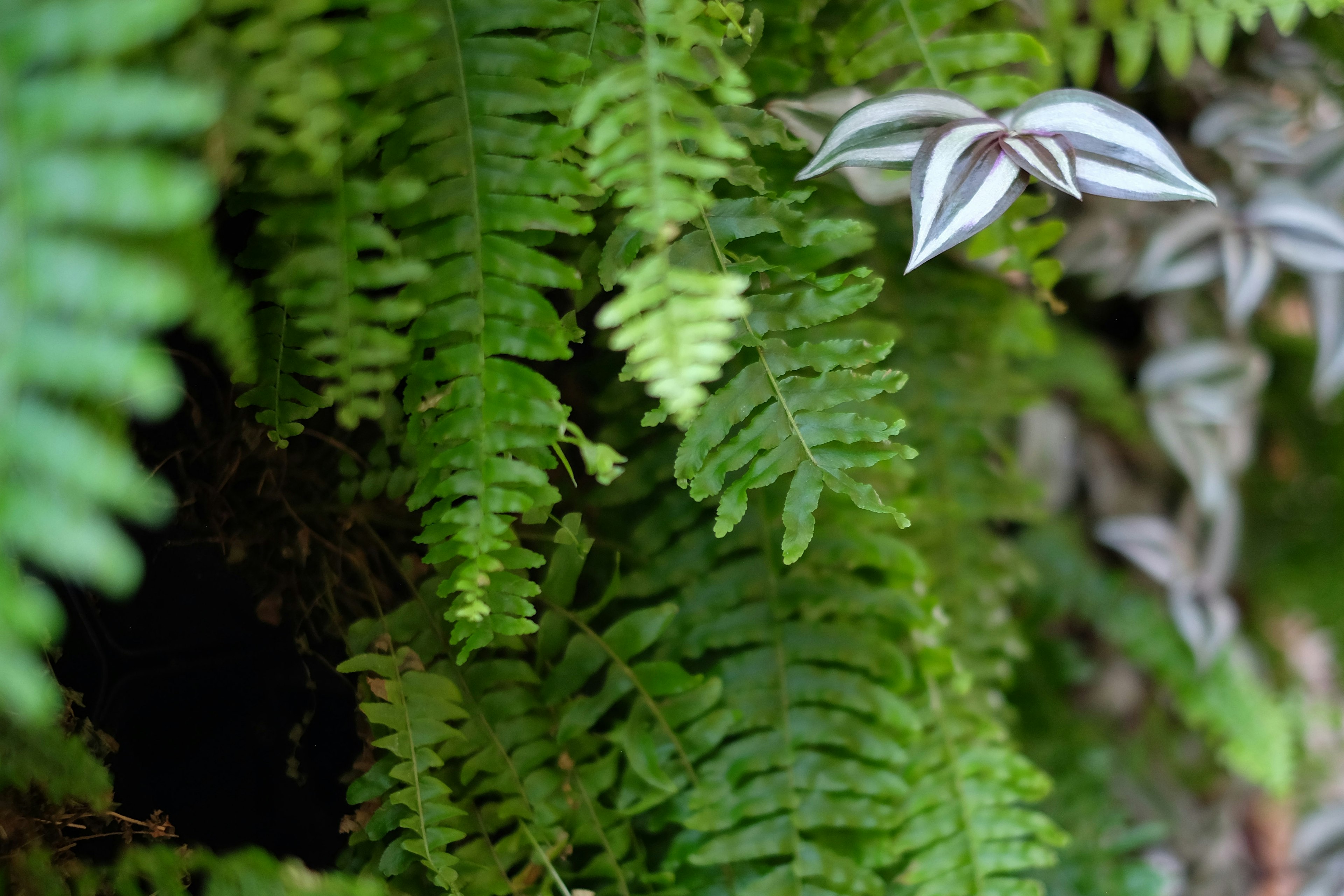
Drought Resistant and Low Maintenance Landscaping

At Green View, I’ve had the privilege of creating beautiful and sustainable outdoor spaces that resonate with the local environment. Recently, more and more clients are requesting landscapes that are not just aesthetically pleasing but also environmentally conscious and low maintenance. There’s an increasing interest in incorporating drought-resistant native plants into their gardens, a shift I wholeheartedly welcome.
Understanding Drought-Resistant Plants:
The term drought-resistant refers to plants that are naturally adapted to arid conditions. These plants can survive with minimal rainfall, making them perfect for low-maintenance gardens. When we think about drought-resistant flora, cacti, succulents, or Mediterranean plants might immediately come to mind. However, there is a fantastic array of drought-resistant natives that are ideal for the Illinois climate.
Embracing Native Plants:
Choosing native plants is not just about reducing the need for watering. Native plants are naturally attuned to the local climate, soil, and fauna, contributing to local biodiversity. They provide habitat for local wildlife and beneficial insects while also often requiring fewer inputs like fertilizers or pest controls. This ecological harmony results in a garden that is not just beautiful but also contributes positively to local ecosystems.
So, without further ado, let’s dive into some drought-resistant and low-maintenance plants native to Illinois:
Purple Coneflower (Echinacea purpurea):
A true staple of the Midwest, the Purple Coneflower is a beautiful, hardy perennial that thrives under full sun and can tolerate drought once established. Its vibrant, purplish-pink flowers not only attract human admirers but are also a favorite among bees, butterflies, and birds, adding a dynamic layer of wildlife to your garden.
Little Bluestem Grass (Schizachyrium scoparium):
As a native grass, Little Bluestem is both drought-tolerant and low-maintenance. It requires minimal watering and provides year-round interest with its changing color palette - green in spring and summer, turning to a lovely copper in fall and winter. It's perfect for adding texture and a touch of wildness to your garden.
Prairie Dropseed Grass (Sporobolus heterolepis):
Another native grass, Prairie Dropseed, is famed for its resilience and beauty. It has arching leaves and delicate, fragrant flowers that sway gracefully in the breeze. It's drought-tolerant and even fire-resistant, a testament to its hardy nature.
Butterfly Milkweed (Asclepias tuberosa):
Besides being drought-tolerant and low-maintenance, Butterfly Milkweed is an essential plant for Monarch butterflies, providing food for their larvae. Its vibrant orange flowers make it a striking addition to any garden.
Wild Petunia (Ruellia humilis):
Wild Petunia offers lovely lavender-blue flowers that bloom from spring until the first frost. It's drought-tolerance and its ability to self-seed makes it an excellent ground cover for sunny, dry areas of your garden.
Implementing Your Low-Maintenance, Drought-Resistant Garden:
Once you've chosen your plants, here are some tips to keep in mind when designing your landscape:
Soil Preparation: Some native plants prefer well-drained soil. Make sure to incorporate organic matter like compost or well-rotted manure to improve soil texture and drainage.
Mulching: Apply a layer of mulch around your plants to retain soil moisture and suppress weeds. Organic mulch will also enrich the soil as it breaks down.
Correct Planting Time: While spring is a common planting time, many natives do well when planted in the fall. This allows the plant to establish its root system over the cooler months so it's ready to grow in spring.
Proper Spacing: Ensure your plants have enough space to grow to their full size. This reduces competition and the need for future pruning.
Watering: Even drought-tolerant plants need regular watering until they are established. After that, they'll be able to survive with minimal additional watering, especially during dry periods.
Landscaping with drought-resistant, native plants not only allows you to create a beautiful and resilient garden but also contributes to the preservation of local ecosystems. By choosing these plants, you're making a green choice that benefits your local environment, and you're crafting a landscape that tells a story - a story of a place that is inherently and uniquely Illinois. And I believe there is a profound beauty in that.
Remember, the transformation of a garden into a low-maintenance, drought-resistant haven doesn’t happen overnight, but the journey towards it is one filled with learning, appreciating, and connecting more deeply with the native environment of Illinois. So, here's to creating landscapes that save water, nurture biodiversity, and provide us with an ever-changing canvas of colors, textures, and life. Happy gardening, Illinois!
Matt